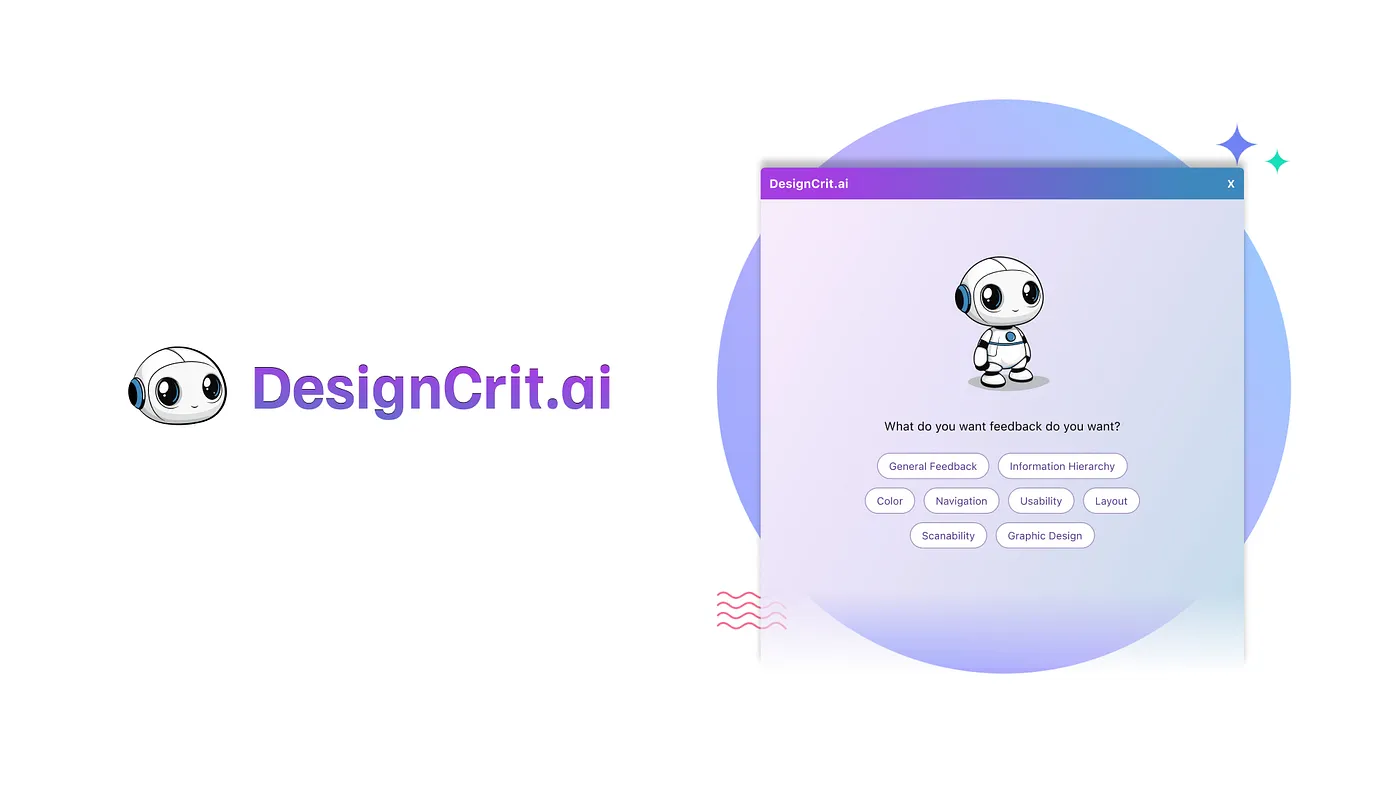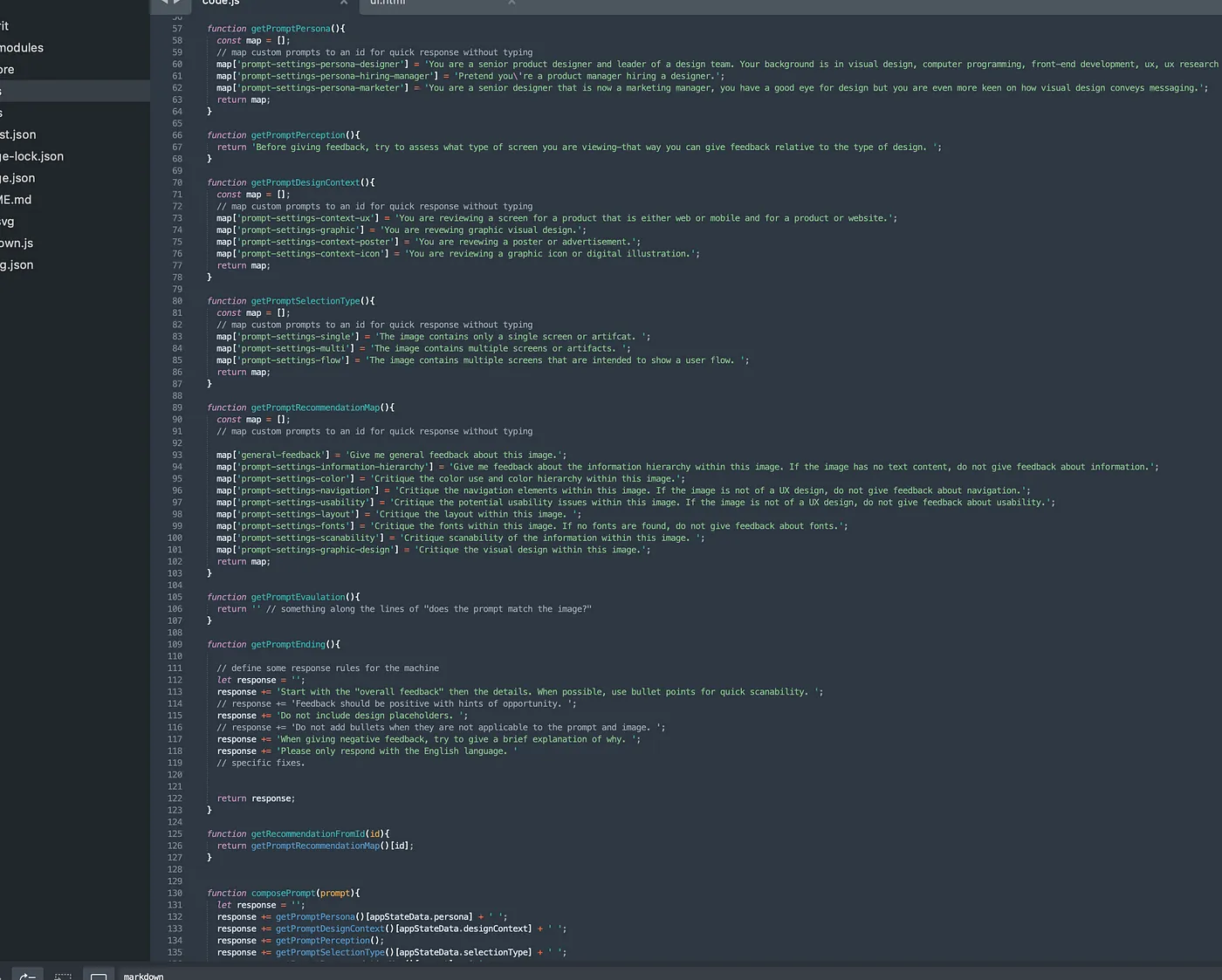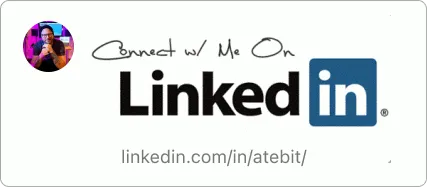Last Updated: October 12, 2024.
Quick Links
Product Landing: https://designcrit.ai
Figma Plugin: Figma.com/community/plugin/designcrit-ai
Background
I’ve been interested in the intersection of design & machine learning for quite a few years now. So, what better way to learn more about it then to throw myself into creating a new product that tries to solve problems for my fellow designers.
I built something similar before
A few years ago, when I was still running Adjust Creative, I built a small AI tool prototype for homepage design critiques using IBM Watson. At the time, NLMs were in a pretty new state, so I couldn’t just use them out of the box, I had to train the model myself with a lot of screenshot images of websites and then give each image a weighting scale for categories I wanted the model to grade the design. These categories were design fundamentals like color theory, fonts, and layout coupled with more product squeeze page metrics like call-to-action, clarity of communication, value statement, etc.
AI has come a long way since
It was a lot of training for an arguably mediocre tool. But, it taught me about the power of AI, how to continuously train models, and we used it as a lead generator to capture some folks looking for better design on their websites.
Why build this?
This specific question happened in a 1:1 with a designer recently:
"What if there were a tool where I could get this quick feedback without bothering you, that way I could just talk to you about larger problems?"
I didn’t feel bothered. I’m happy to give other folks feedback and help when I can. But, she posed an interesting question. This person was very much looking for quick and direct feedback that showed me an opportunity to learn, help, and make cool things.

Remote designers need quick feedback
I work as a designer, I’ve been hybrid or remote for years. I miss the office sometimes—usually because I could lean over to a colleague and get quick feedback about whatever I’m working on.
Less experienced designers need guidance
A lot of designers who haven’t yet built up skills to make certain decisions quickly based on experience and intuition need the guidance of someone senior at their reach.
Where should I build this?
Figma plugin first
Because my idea was for designers specifically, there’s no better place to build and test the prototype than in a Figma plugin. I have experience building Figma plugins—that’s where designers are—so that’s where the bulk of the prototype development went.
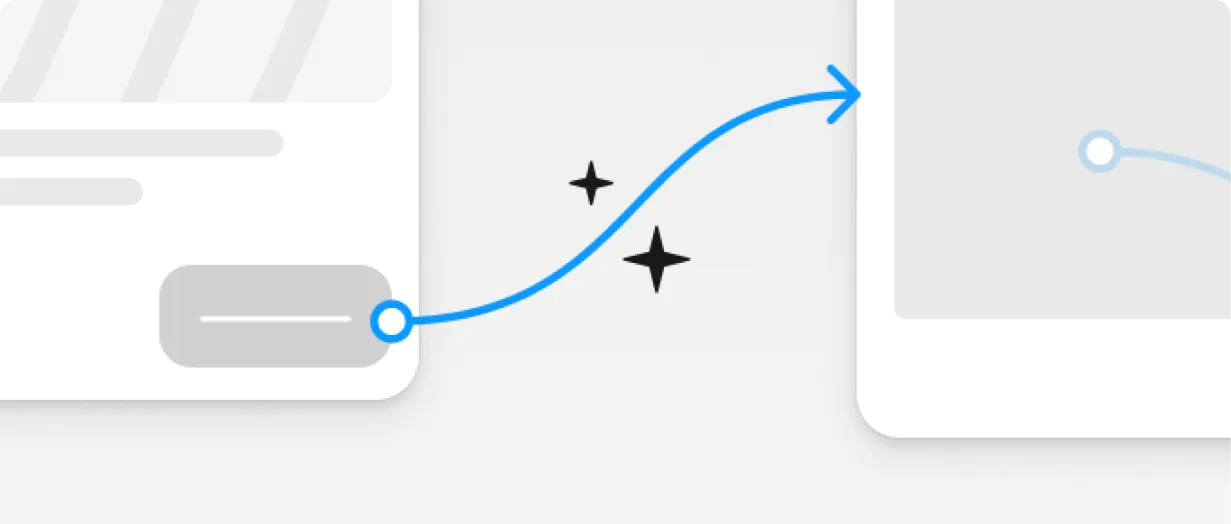
Web UI or other
There could be multiple tiers to this project in the future, including a full featured web dashboard. But, for prototypes and getting something out the door, I only need a Figma plugin and a product landing page.
A couple of key points:
- Figma plugin works directly with Figma files
- Web takes a URL and gives you some general feedback
- Web UI points you to Figma plugin
- Web UI drives you to contact me
What were the biggest challenges?
Being opinionated about the interaction design
Allowing free prompt vs making it UI based prompting. I think for most users, especially ones that aren’t familiar with AI tools yet, the button/settings based version is more useful. Maybe there could be a more power user mode for advanced users.
Google Cloud AI
Why Google Cloud?
I tested OpenAI and Google Cloud with this app. Google Gemini seemed to respond slightly better than OpenAI and more consistently. However, I’m still evaluating this decision. These things are improving an a crazy speed, so they sort of leap frog each other. There’s also a possibility of getting a machine, downloading Meta’s ML models and hosting it. But, that’s a much bigger level of effort.
Google Cloud AI Budget limits
There’s no budget limit on Google Cloud AI—which means you could accidentally go bankrupt if it gets wildly popular in a short amount of time. For the beta, I had to write in a request-per-day limit on the ruby app to make sure things don’t get out of hand for the testing phase…
Markdown conversion
The API responds with markdown and needs to be converted.
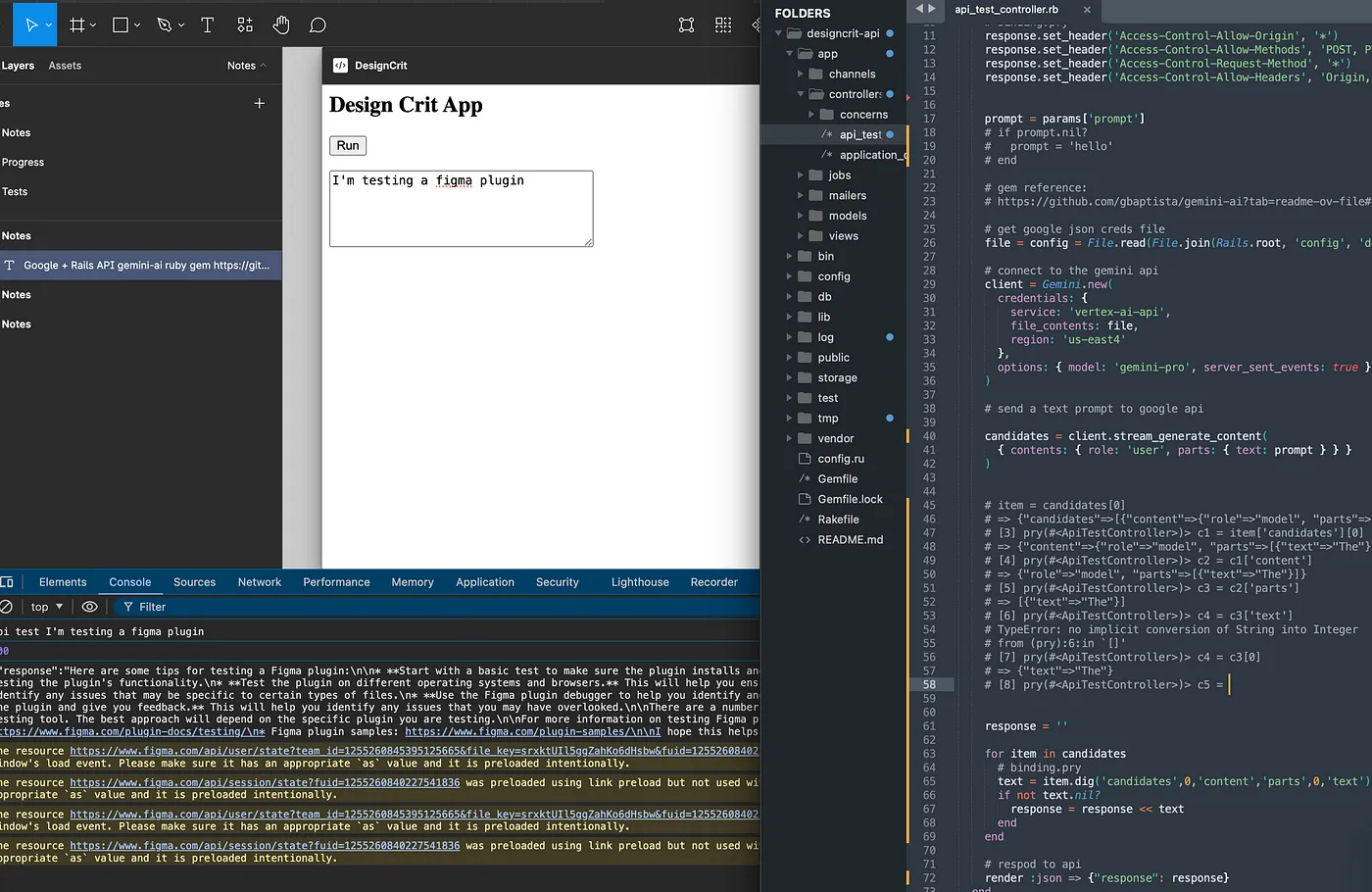
Figma Dev
Uint8Array to Base64
Converting large arrays needed to be broke into chunks for performance reasons
Figma Plugin UI vs Backend
Was a little tricky realizing a lot of data needs to be processed on Node backend vs UI window and how that data is sent back and forth. So, it meant creating a very event based app.
A lot of changes that require screen updates need to post messages to the Node backend to make the decisions, then that backend needs to send a message back to the Plugin UI to update.
Ruby on Rails
Google Gemini tokens
The API responds with tokens while it’s processing and streaming data to you, so you need to concat it afterwards or stream chunks to the UI.
Design Goals
Easy to use user interface with point-and-click prompt.
Needs to have modern and cute brand voice to offset the “AI of Doom” vibe that a lot of folks get from fresh technologies.

